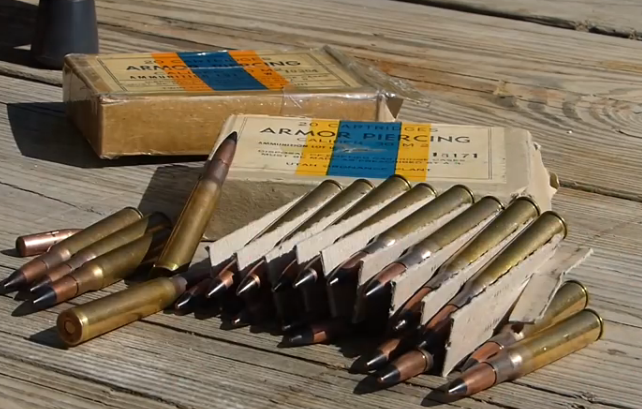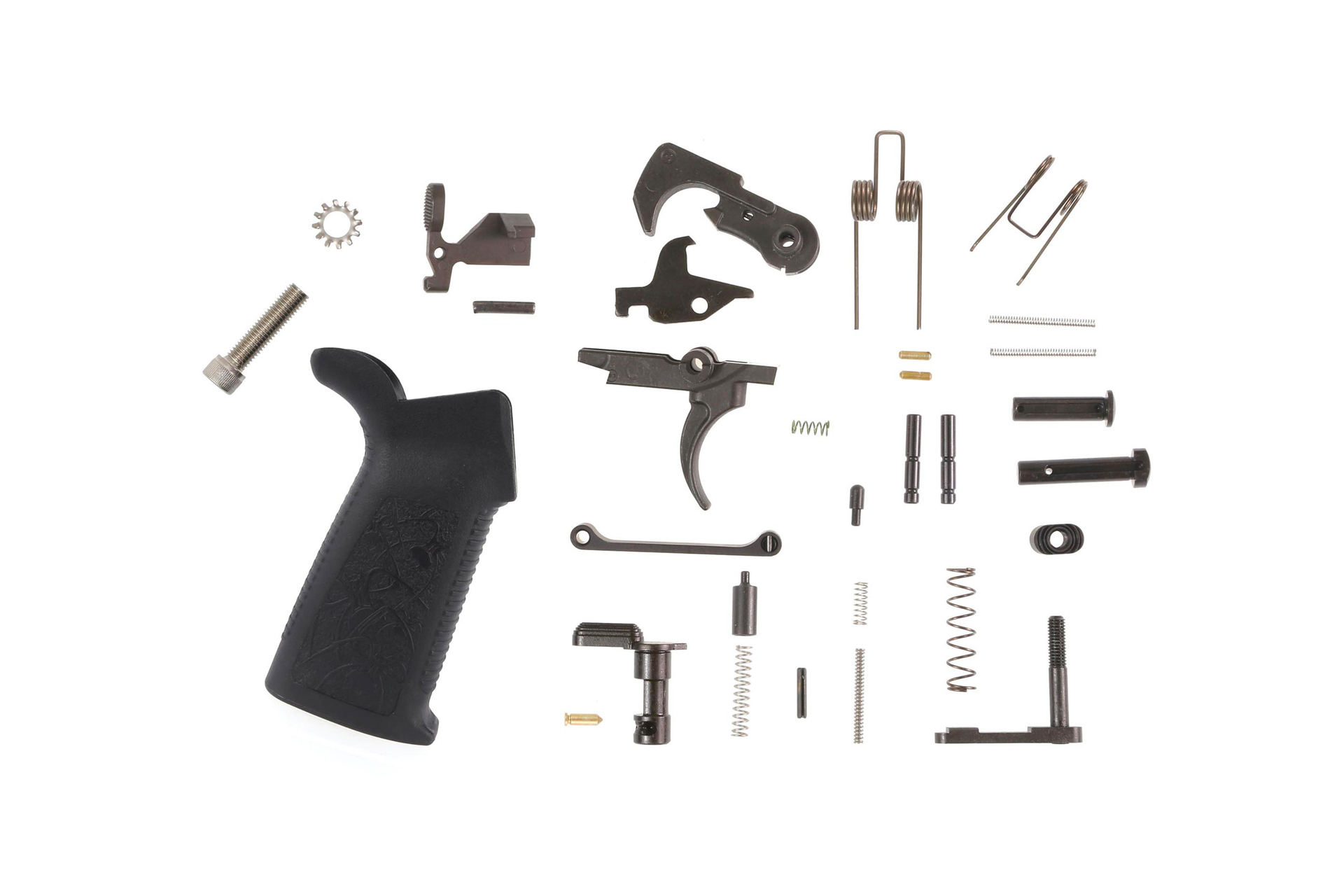

To help you choose the best ballistic vest, we will take a look at the NIJ levels available. You'll need to consider how much of an effect this extra weight will have on your day-to-day activities, but never forget the invaluable defense vests provide. Multi-purpose vests are available, which offer protection against various threats, but bear in mind, the more protection you add to your vest, the heavier and more expensive it's likely to become. For example, no matter how tough it may appear, a ballistic vest guarantees no protection against spikes or blades, and vice versa. To provide the most protection against these threats, each vest needs to be made with specific design and construction methods, as well as certain materials. These vests are rated according to the same standard as edged blades – level 1 stops an assault made with 24 joules, while level 2 stops 33 joules, and, finally, level 3 stops 44 joules. You may face an attack with a pointed tool, perhaps a needle or an ice pick. You'll need the highest level of protection to stop the most ferocious attacks. These vests are designed to repel knives, and are rated according to the various levels of energy an attacker may use, as well as blades of multiple construction types: level 1 vests stop 24 joules of energy, level 2 stops 33 joules, and level 3 stops 44 joules. For more advanced defense, hard-armor plates are available, with a level III rating to protect against standard AK47, 7.62 NATO round, as well as level IV vests, to protect against armor-piercing rounds. We'll discuss the particular ballistic threats in more detail later, but here's a general guide: Ratings range across five levels, from softer IIA designs (defending against low-level rounds such as 9mm), to IIIA (stopping high-powered pistols, such as. The three potential threats you may encounter can be categorized as: As the NIJ ratings are the most commonly used around the world, we will refer to these in this guide. To evaluate its performance, body armor is tested by multiple independent organizations across the globe (the USA's NIJ and the UK's HOSDB, for example) following specific tests, each vest is assigned a rating to denote the amount of protection it offers. The majority of vests are built from Aramids (Kevlar, for example) or UHMWPE (Ultra-High-Molecular-Weight Polyethylene, such as Dyneema), yet the design and amount of fabrics will vary, depending on the amount of protection demanded. In this guide, we will assess the biggest threats you may face (covering specific weapons and ammunition) and provide advice on choosing the best vest for your current situation.įor maximum protection, armor is manufactured with layers of tough, flexible, and lightweight materials. As an officer, how do you know which vest is right for each risk? There are two key factors of choosing armor: finding the right level of protection to defend against specific threats, and the correct style / design (or 'system') for each application.

We depend on these brave men and women to help us stay safe, and to do this, forces need the best protective clothing available.

The 2015 Guide to Body Armor for Law Enforcement OfficersĮvery day, law enforcement officers place themselves on the front line of a war against society's most dangerous individuals.


 0 kommentar(er)
0 kommentar(er)
